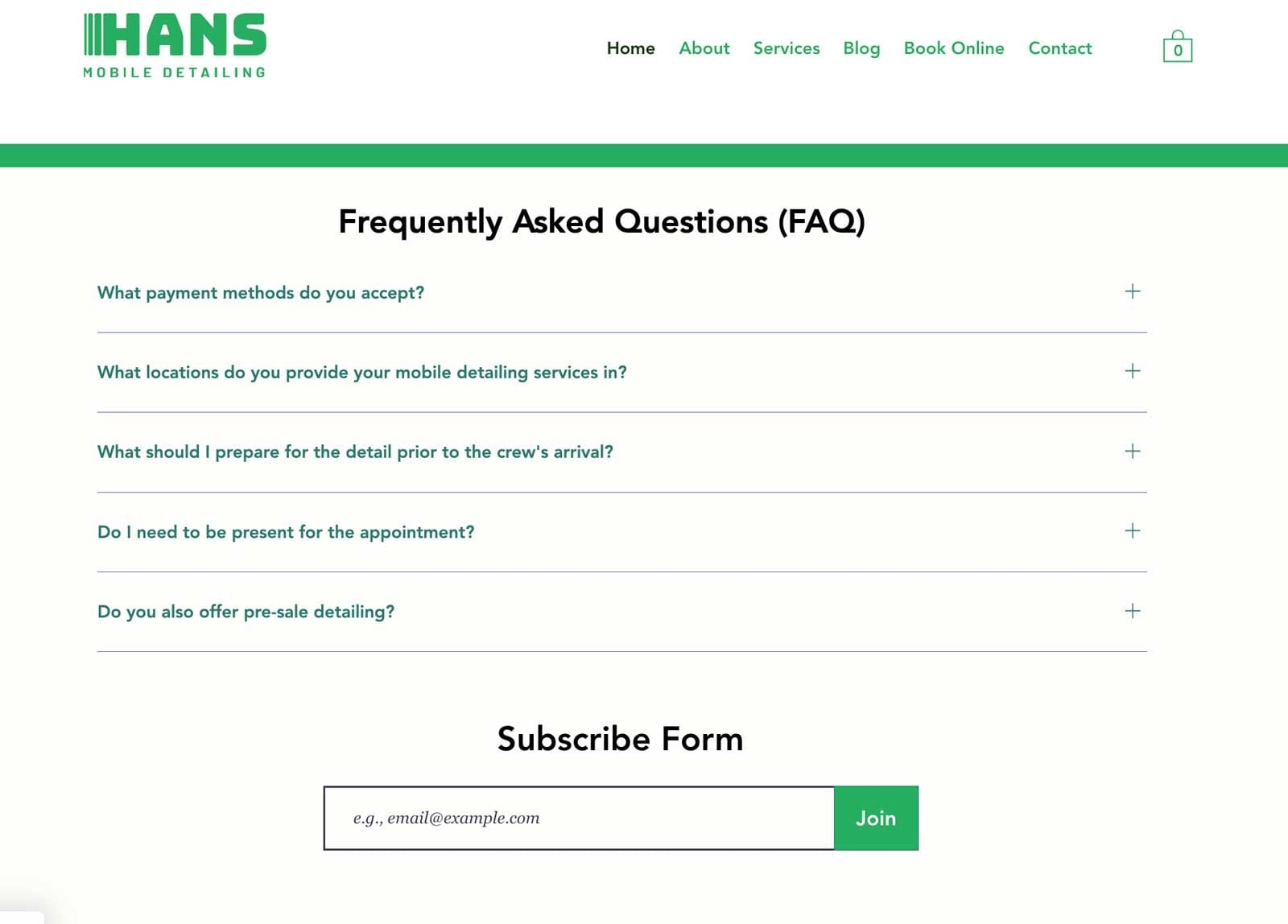Do search engines treat pages and posts differently?
Which should I optimize for SEO? A page or post? Which one will rank better?

For a long time, many people thought optimizing a website for SEO meant writing blog posts – thus optimizing posts.
But is there a difference between optimizing a page, post, product page, or service page?
Today, I'll demystify this:
All web pages are HTML
Search engines like Google read them the same. All web pages are content for Google. The same indexing algorithm applies to all post types.
So whether it's a page or blog post. With the right structure:



But, there are considerations whether to optimize a page or post.
Google loves structure
A well-designed website with clear menus and page hierarchy is what Google loves. Why? Two reasons.
First, it's easier for them to understand what your website is about.
Second, better structure means improved user experience. Better user experience, means people will continue using Google. So, Google rewards sites with good structure.
User experience
When your visitors are happy, Google is happy – and they give you a higher ranking as a result.
What counts? Google measure engagement like dwell time, bounce rate, pages per visit, conversions are more.
Speaking about user experience
Better user experience on a website directly translates into more sales. Better experience means more than just "good design".
Craigslist – a site that breaks EVERY modern web design rule, is one of the top 100 visited sites in the world.

Building great user experience is about understanding your visitor's nuances and preferences. And the best way to do that is to test and experiment.
The Digital Experience Optimization workshop next week will show you how.
